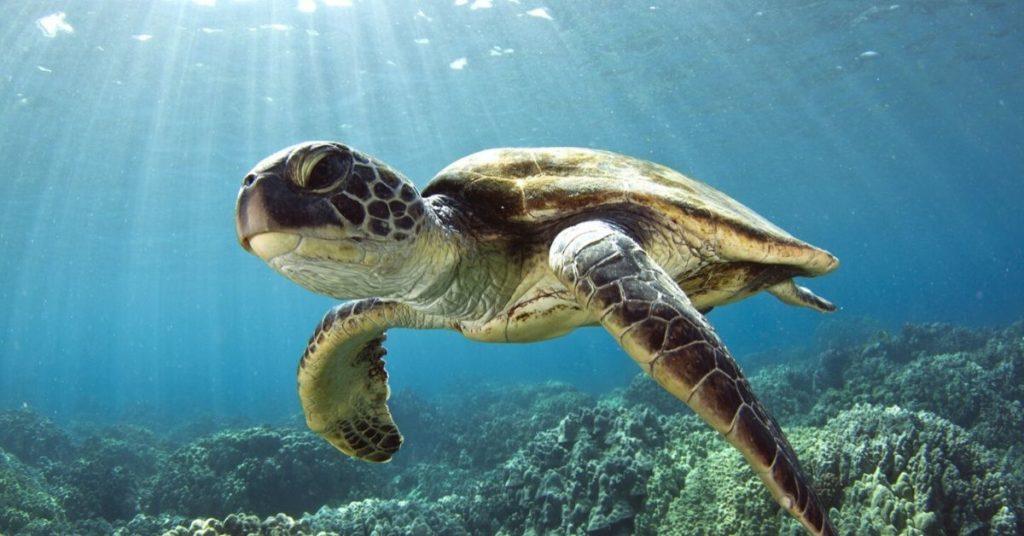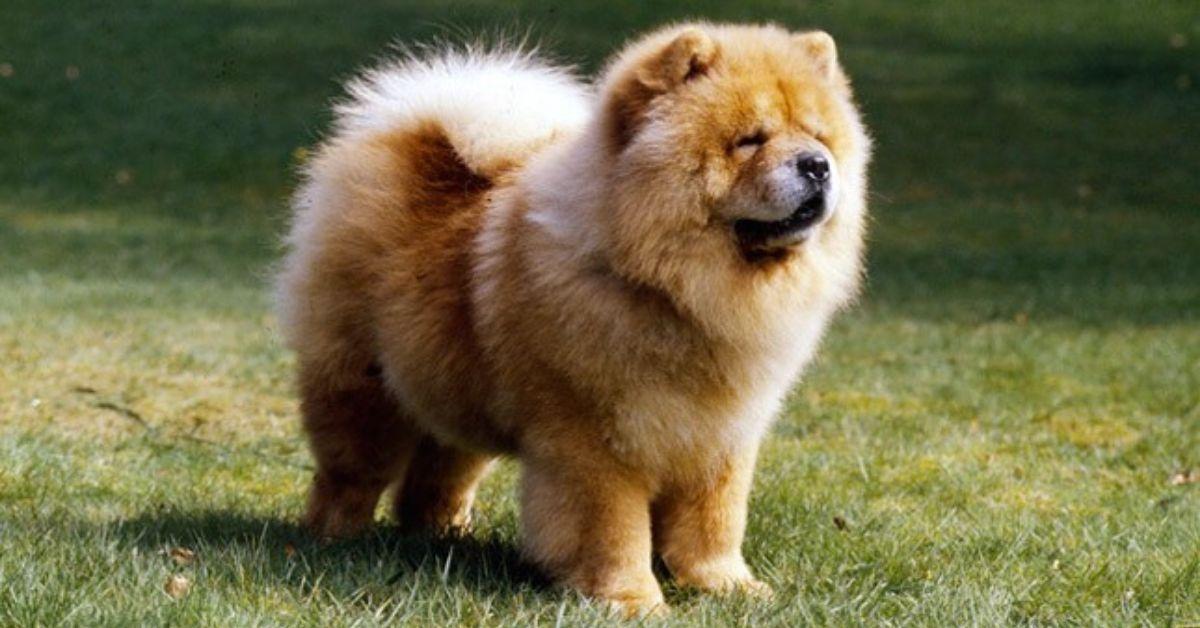Among the many prehistoric wonders that still exist on Earth today, few are as iconic as the marine turtle (Chelonioidea). For over a hundred million years, marine turtles (also called sea turtles or pawikan) have endured environmental changes and ecological shifts all over the planet. Out of the seven extant species of marine turtles, five swim in the biodiverse waters of the Philippines—and local conservationists have worked tirelessly to help these majestic reptiles continue to thrive.
The most common nesters in the Philippines are green sea turtles (Chelonia mydas) and olive ridleys (Lepidochelys olivacea). Hawksbills (Eretmochelys imbricata) and leatherbacks (Dermochelys coriacea) also nest on Philippine shores, but are less common. Loggerheads (Caretta caretta) aren’t known to lay their eggs here, but visit the country’s marine areas as well.
The other two types are Kemp’s ridleys (Lepidochelys kempii), which live in the Atlantic Ocean and the Gulf of Mexico, and flatbacks (Natator depressus), which dwell in Australia.
Marine turtles play critical roles in keeping our marine ecosystems healthy and our economy afloat. “Pawikan keep the jellyfish population in check, making the beaches safer and protecting the local tourism industry,” explained Mykey Cuento, environmental conservationist and lead designer of the Pawikan Patrol Card Game, in an interview with FlipScience. “They also feed on sea sponges that in turn feed on corals where fish breed, hence protecting the local fishing industry.”
Cuento noted that civil participation in coastal cleanup and marine conservation efforts have increased over the past half-decade. However, many of these aren’t sustainable, and have “very little impact” on the overall mission.
For instance, when the release of pawikan hatchlings becomes a public event for spectators, basic rules such as minimal interference tend to be broken, putting the lives of the hatchlings at risk. “What often happens, especially in some places, is that the baby turtles, upon hatching, are kept overnight in plastic tubs with a little bit of water in anticipation of tourists who want to experience pawikan releasing,” shared Cuento. The hatchlings end up wasting their limited energy moving frantically inside their containers. This leaves them too tired to survive their thousand-mile, hundred-year journey in the ocean.
Unfortunately, despite numerous attempts at educating citizens, the biggest challenge in these conservation initiatives is systemic in nature.
“Because of poverty, poaching turtles has become a quick way to make money, and we can’t really blame the fishing communities for this,” Cuento observed, adding that the government and corporations can solve this by providing better opportunities for locals to earn a living. “When people stop being hungry, they can start thinking of how to help the environment.”
Still remember your 5th-grade science classes? Test your knowledge and see if you still remember these facts and fundamental concepts in human anatomy, biology, botany, and other branches of science. Click here to try the “Are You Smarter Than A Pinoy Fifth-Grader” Challenge.
Follow the hashtag #FlipFacts on Facebook and Instagram to get your daily dose of science trivia!
References
- http://mwwphilippines.org/pawikanwatchph/
- http://oneocean.org/ambassadors/track_a_turtle/biology/index.html
- https://conserveturtles.org/information-sea-turtles-species-world/
Author: Mikael Angelo Francisco
Bitten by the science writing bug, Mikael has years of writing and editorial experience under his belt. As the editor-in-chief of FlipScience, Mikael has sworn to help make science more fun and interesting for geeky readers and casual audiences alike.










